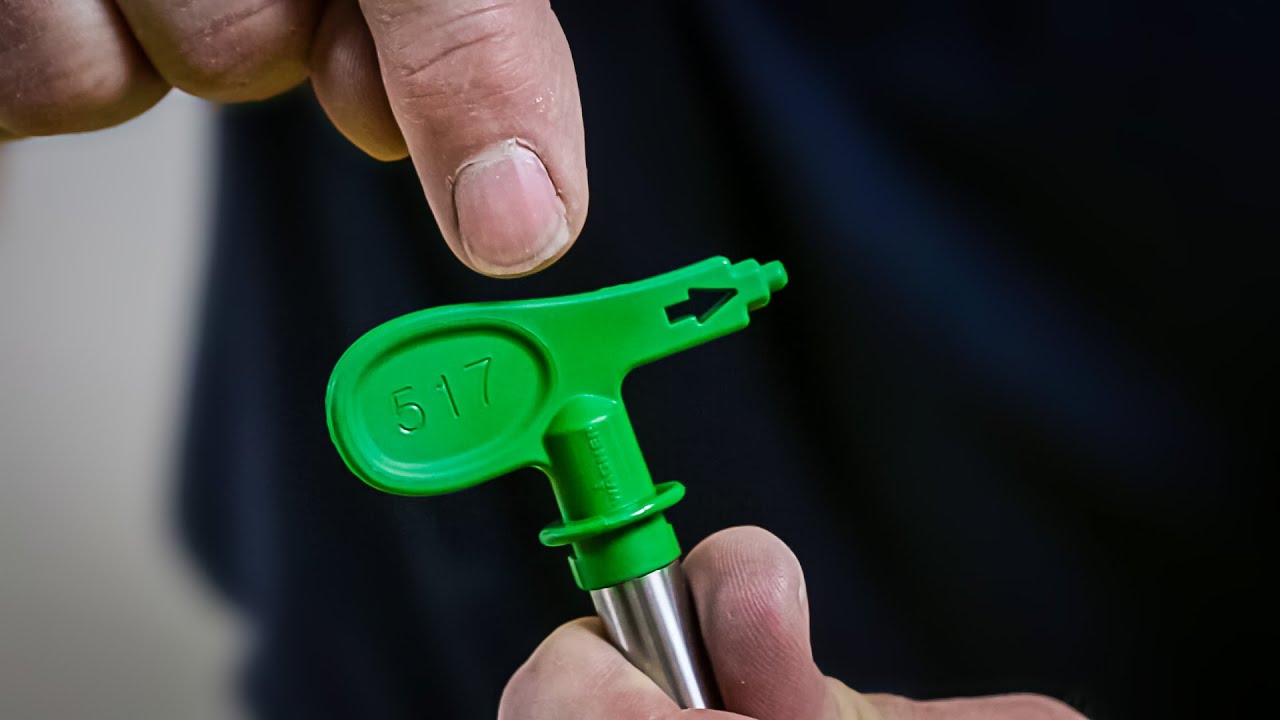Airless paint sprayer for contractors: how it works and the advantages of airless spraying
Are you currently considering whether an airless paint sprayer would be suitable for your projects and would you like more information before you buy?
For many tradespeople, purchasing a (new) airless sprayer is a big step, an investment in an entirely new way of working. Here, we demonstrate the benefits based on some of our projects and also explain the technology behind airless spraying so that you feel well informed and know why the switch is worth it.














